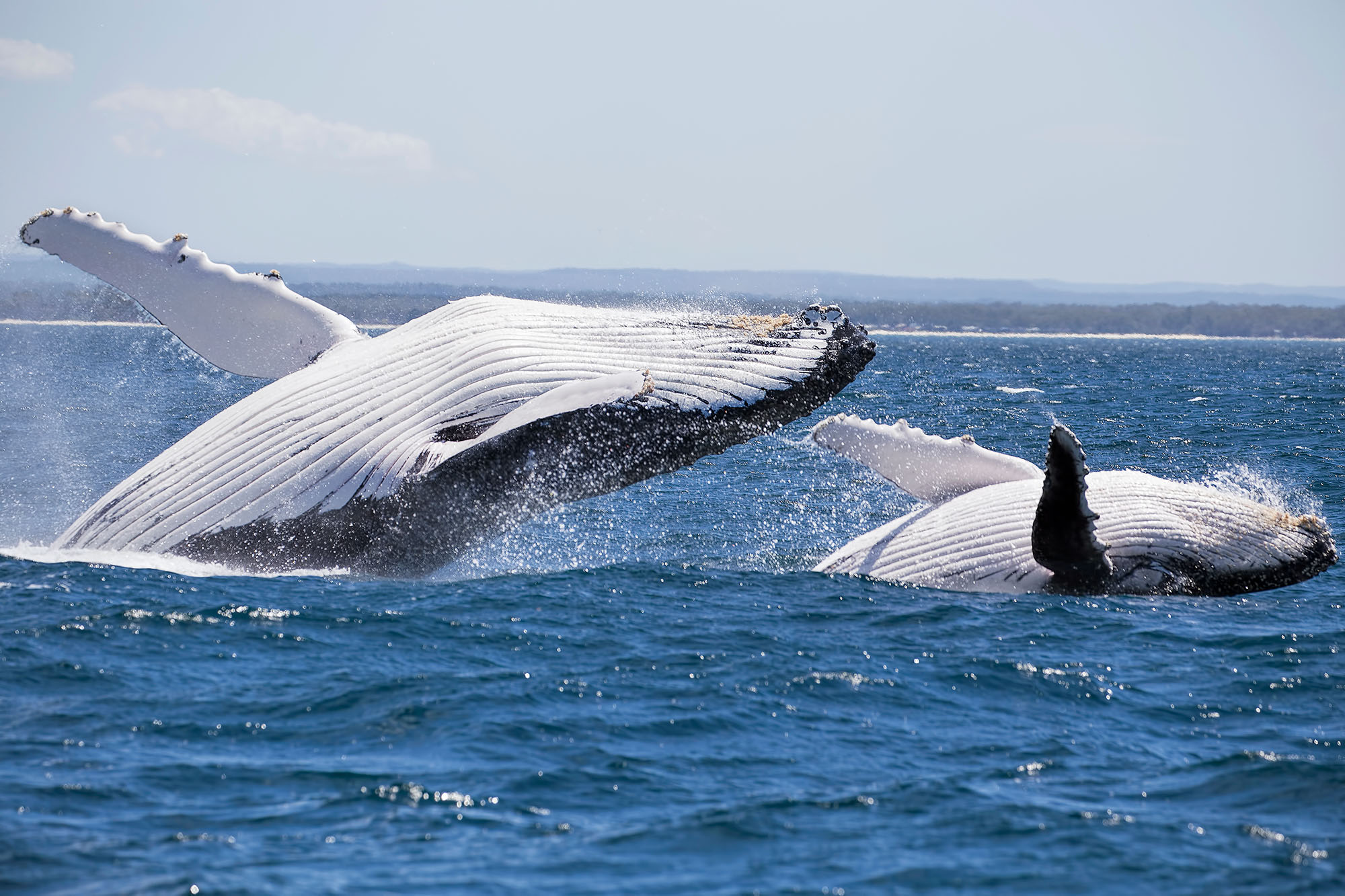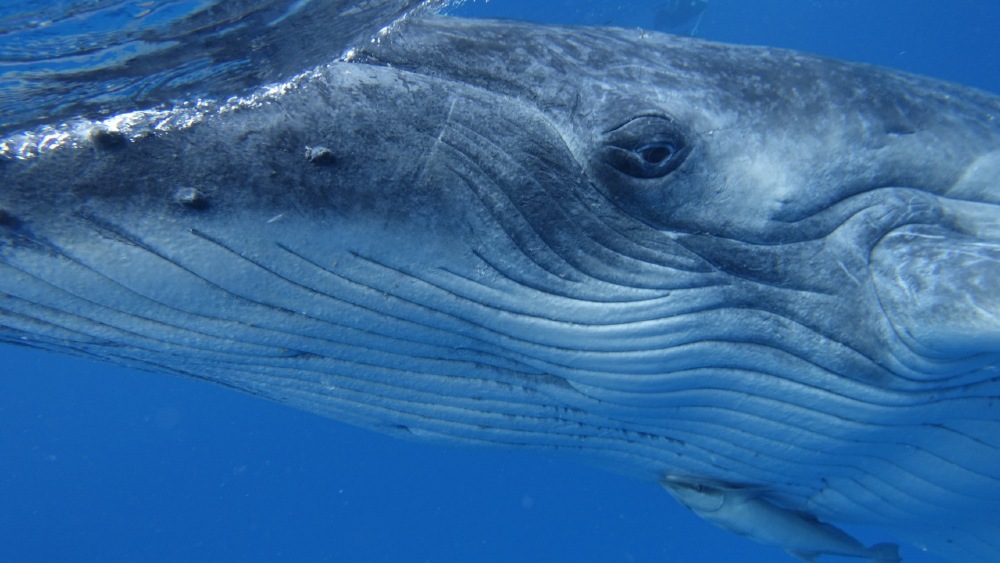It’s no secret that we love whales here in Jervis Bay. From May to November, the impressive and majestic humpbacks can be seen making their way past our coastline as part of their lengthy annual migration. We’re so lucky to have the opportunity to see whales in the area during these months, and to get up fairly close to them on our whale watching tours. In November, visitors are often fortunate enough to spot nursing baby whales and their mothers right here in the bay.
Humpback whales live approximately 45-50 years, which means they will make their yearly migration dozens of times. What else happens during these years? Let’s take a look at the life cycle of the humpback whale.
The Baby Humpback Whale
Born in warmer waters, baby humpbacks have a better chance for survival. When they arrive, they can weigh as much as one ton, and are generally 3-5m in length. For the first year of their life, they will remain by their mother’s side. They nurse on her high-fat milk for at least 5 months and often as long as a year. Drinking between 2 and 10% of their weight daily in milk, the young humpbacks grow rapidly to 8 or 9m. The mama humpback will stay with baby in warm, protected waters until growth is complete and he or she is ready to be on his or her own.
The Growing Humpback
Adolescent humpbacks begin to travel with other groups or in pairs. Before they begin mating, their lives largely consist of feeding. They eat by filter feeding through their baleen plates. Preying primarily on small fish, plankton, and krill, the average humpback whale consumes 2000-2500 kg of food per day. Sometimes, whales in pods will hunt using a technique known as the “bubble net,” in which bubble slowly released from their blowholes form a “net” to gather their prey.
The Humpback as an Adult
Around 6-10 years of age, a humpback whale becomes sexually mature. Now it is time to start breeding. Males at reproductive age are between 12 and 16m in length. Females measure roughly 14-15 but may grow as large as 18m!
To attract a mate, male humpbacks display their prowess through breaching, blowing bubbles, singing, and occasionally clashing with other males. Once a pair has decided to mate, they will swim together and move in motions like diving and rolling that resemble a playful courtship. Their beautiful baby whale is born about a year later, by the time they’ve made the long swim to more temperate regions. An adult female humpback does not give birth every single year, but typically every two or three years.
See For Yourself
If you want the best whale watching views in the region, we’d love to have you onboard with Jervis Bay Wild! We go out 365 days per year and our whale eco tours during whale season offer exceptional sightings. Book today or contact us for more information on the whale eco tour or another of our eco cruise opportunities.
Sources: http://www.whalefacts.org/whale-milk/ , http://animals.mom.me/life-cycle-humpback-whale-8765.html





